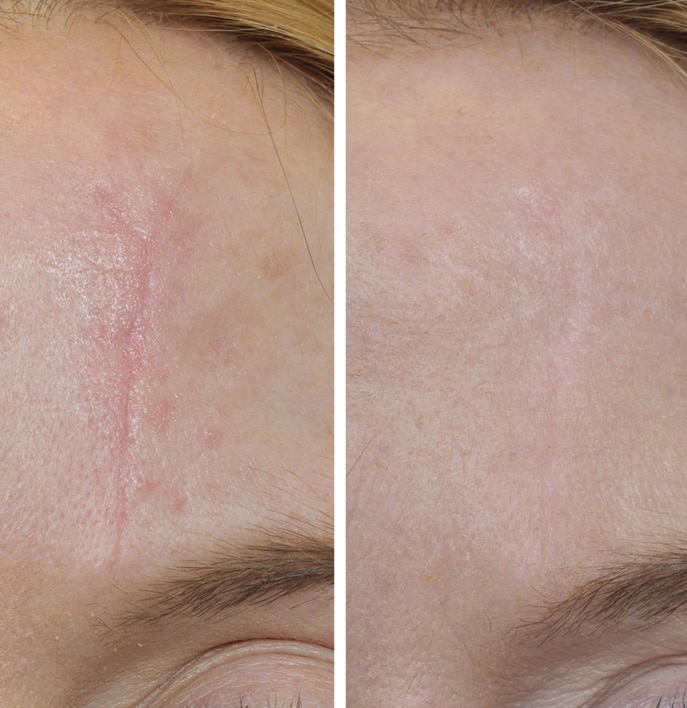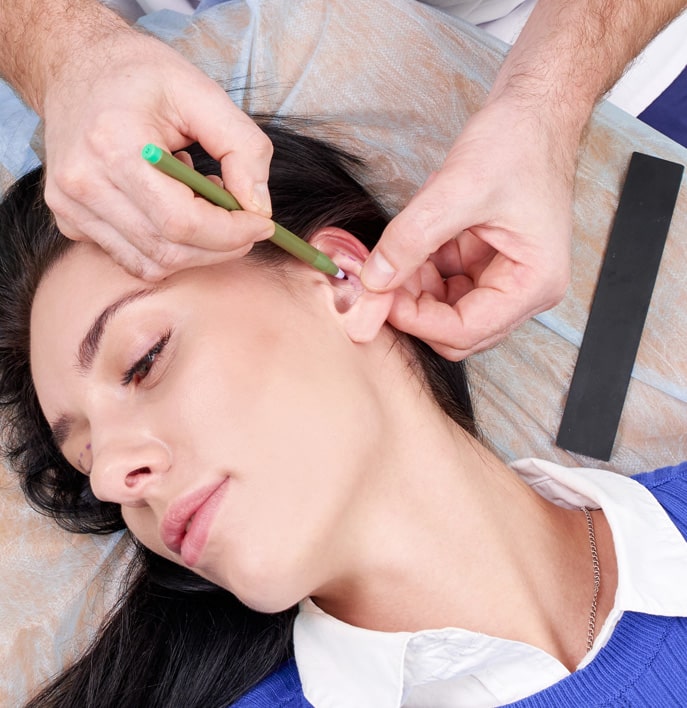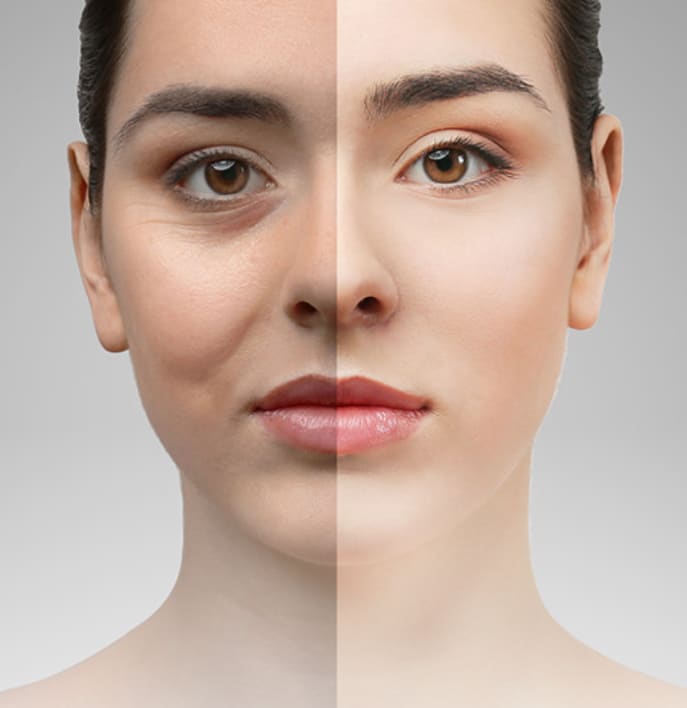Skin Resurfacing
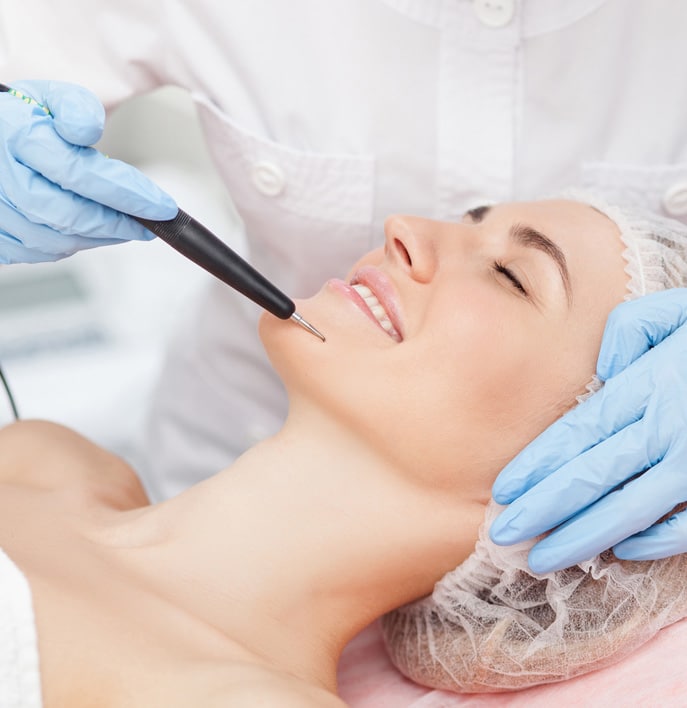
Skin resurfacing is a treatment that uses lasers to improve the appearance of your skin. It can reduce the appearance of wrinkles and scars, and it can also help to improve the overall tone and texture of your skin. It is a fairly new treatment, but it is considered to be one of the most effective treatments available for improving the appearance of your skin.
One of the benefits of laser skin resurfacing is that it is a non-invasive treatment. This means that it does not involve any surgery, and it does not require any downtime. You will be able to resume your normal activities immediately following the treatment. Laser skin resurfacing is also a relatively quick treatment. The entire procedure typically only takes about 30 minutes to complete.

The Best Candidates For Skin Resurfacing
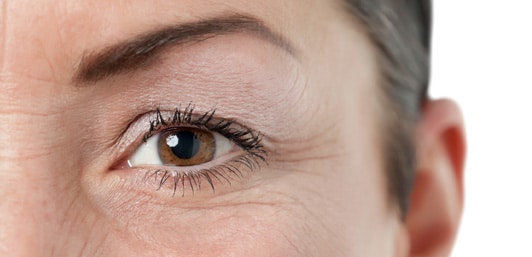
Fine lines/wrinkles around the eyes
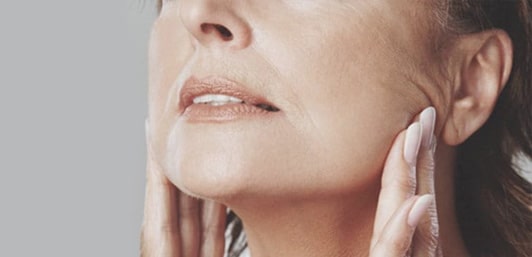
Mildly sagging skin
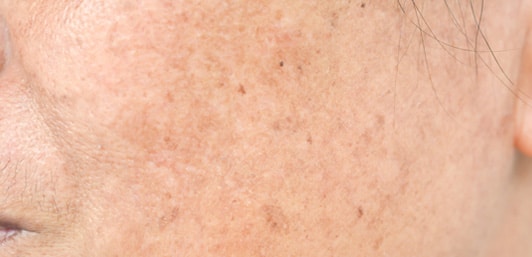
Sun-damaged or leathery skin
The best candidates for skin resurfacing are typically those with mild to moderate skin damage and good overall health. People with active acne or other skin conditions may not be good candidates for this procedure. It is important to consult with a dermatologist or plastic surgeon to determine if skin resurfacing is right for you.
Procedure and Recovery
The procedure is usually performed on an outpatient basis and requires only a local anesthetic. The laser beam creates thousands of tiny wounds on the surface of the skin, which triggers the body’s natural healing process. The laser works by removing the outer layer of skin, which is then replaced with new, healthy skin. It can be used on various areas of the body, including the face, neck, chest, and hands As the wounds heal, new collagen is produced, which helps to smooth out wrinkles and improve the overall texture of the skin.
The recovery process following laser skin resurfacing is typically short and easy, with most people returning to their normal activities within a few days. However, it is important to avoid sun exposure and protect your skin from irritation during the healing process.
Who Can Benefit?
Your natural skin type will determine if this is the right cosmetic procedure for you. However, if you have skin issues that can't be resolved with over-the-counter (OTC) products, such as wrinkles, sun damage, or other skin issues, then laser skin resurfacing may be the right treatment for you. It can treat:

Mild to moderate acne scars

Fine lines or wrinkles

Age spots

Uneven skin tone

Sun-damaged skin
Risks of Skin Resurfacing
Like any other surgery, skin resurfacing can cause some side effects. However, they are rare and less likely, but can include:

Redness, swelling, itching

Changes in skin tone

Scarring

Infection

Acne
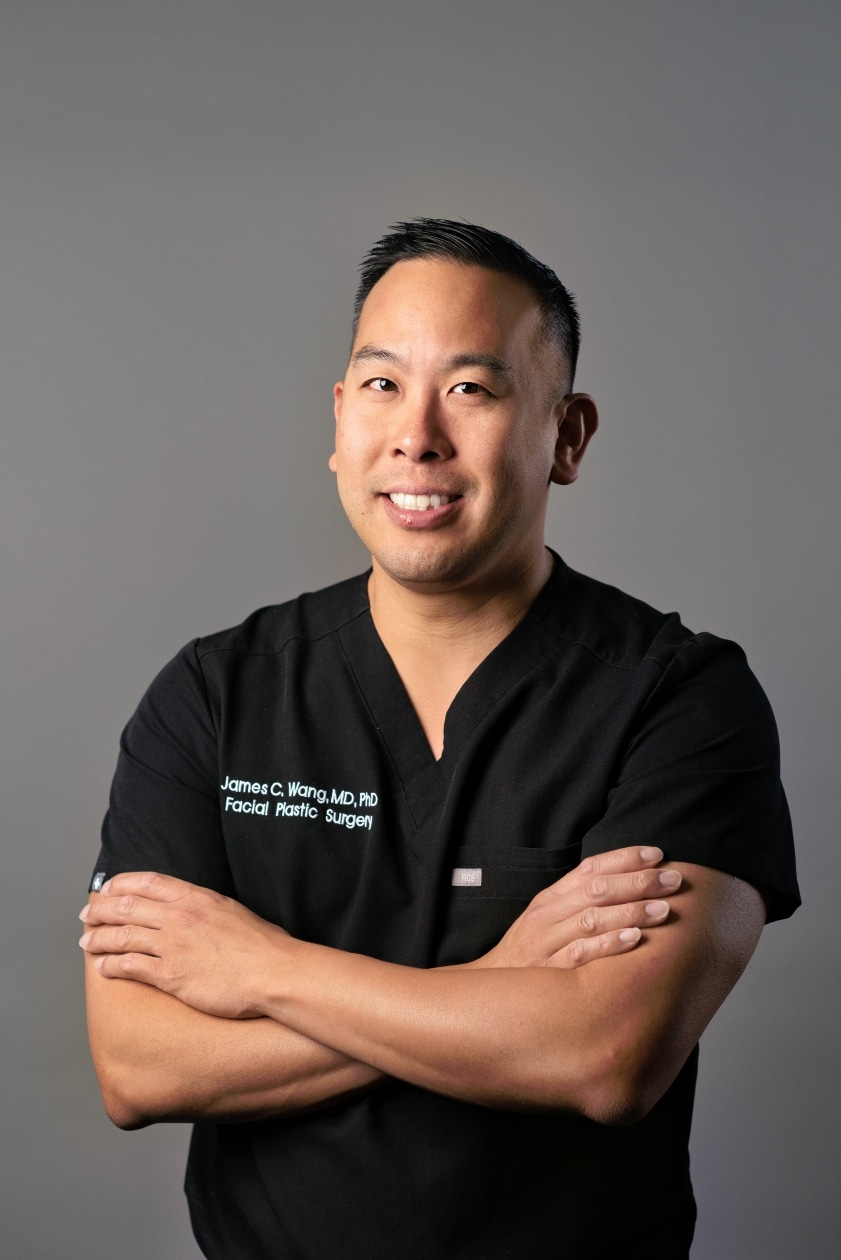
Contact
Dr. James Wang Today

If you're interested in learning more about skin resurfacing or any other cosmetic surgery procedure, contact Dr. James Wang today to schedule a consultation. Dr. Wang is a fellowship-trained plastic surgeon with years of experience helping patients achieve their desired results. He will work with you to create a custom treatment plan that meets your needs.
Other Surgical Procedures
FAQs
The exact duration can vary depending on several factors, including the type of laser used and the patient’s specific skin concerns; the results of this procedure can last for several years. It is partly because laser skin resurfacing stimulates the production of collagen, which helps plump and firm the skin, resulting in a more youthful appearance. Ultimately, the longevity of laser skin resurfacing results will depend on various factors specific to each patient, including age, lifestyle choices, and overall skin health.
Laser skin resurfacing is a non-invasive procedure that has shown promising results in treating acne and acne scars. This treatment uses light energy to remove the damaged and discolored skin cells, promoting new cell growth and collagen production. It ultimately results in clearer, smoother, and more even-looking skin.
Insurance plans do not typically cover laser skin resurfacing as a cosmetic procedure. However, some coverage may be available if you are undergoing laser skin resurfacing as a medical treatment for precancerous skin conditions or other medical reasons. It is important to discuss your treatment options with your dermatologist or insurance provider to determine if your specific case may be covered.
Some patients may experience slight discomfort or tingling during the procedure. A mild pain reliever or numbing cream can easily manage this. Ultimately, the level of discomfort will depend on the individual’s pain threshold and the type of laser used. Laser resurfacing is a safe and effective way to rejuvenate the skin without causing undue pain.
Yes, it does work! This process involves using various techniques like microdermabrasion, chemical peels, and lasers to remove layers of dead skin cells. It can also reduce the appearance of fine lines, scars, and hyperpigmentation, giving the skin a youthful glow. However, the procedure’s success would depend on the individual’s skin type, concerns, and overall health.
It won’t stop aging, but the treatment’s effects can sometimes last for years. However, the results will vary depending on the laser type used, the laser treatment depth, and how well you maintain your skin post-procedure. While it’s not a permanent solution, many people find that laser skin resurfacing can achieve smoother, more youthful-looking skin.
Yes, in most cases. Laser skin resurfacing uses a high-intensity laser beam to remove damaged skin cells, promote collagen growth, and tighten the skin. However, like any medical procedure, there are potential risks and side effects, such as an increased risk of infection, scarring, or changes in skin color. It’s important to discuss the pros and cons with your plastic surgeon and ensure you understand the potential risks before undergoing the treatment.

